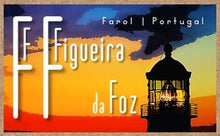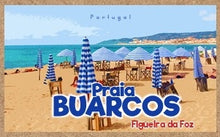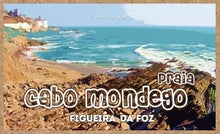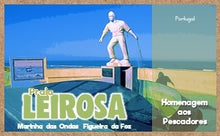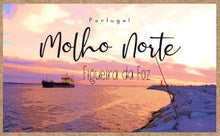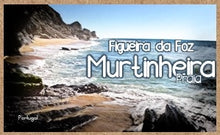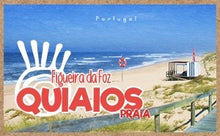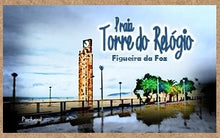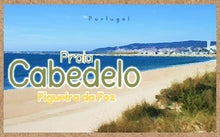
Figueira da Foz is situated mid-point of the Iberian Peninsula Coast, a very important port at the mouth of the Mondego River. You can still find fishermen’s huts by the beach and observe fish being brought in on nets which can be up to 10 km long.
In the past, nets were pulled in to the beach by oxen, but these days they are mechanically brought in.









